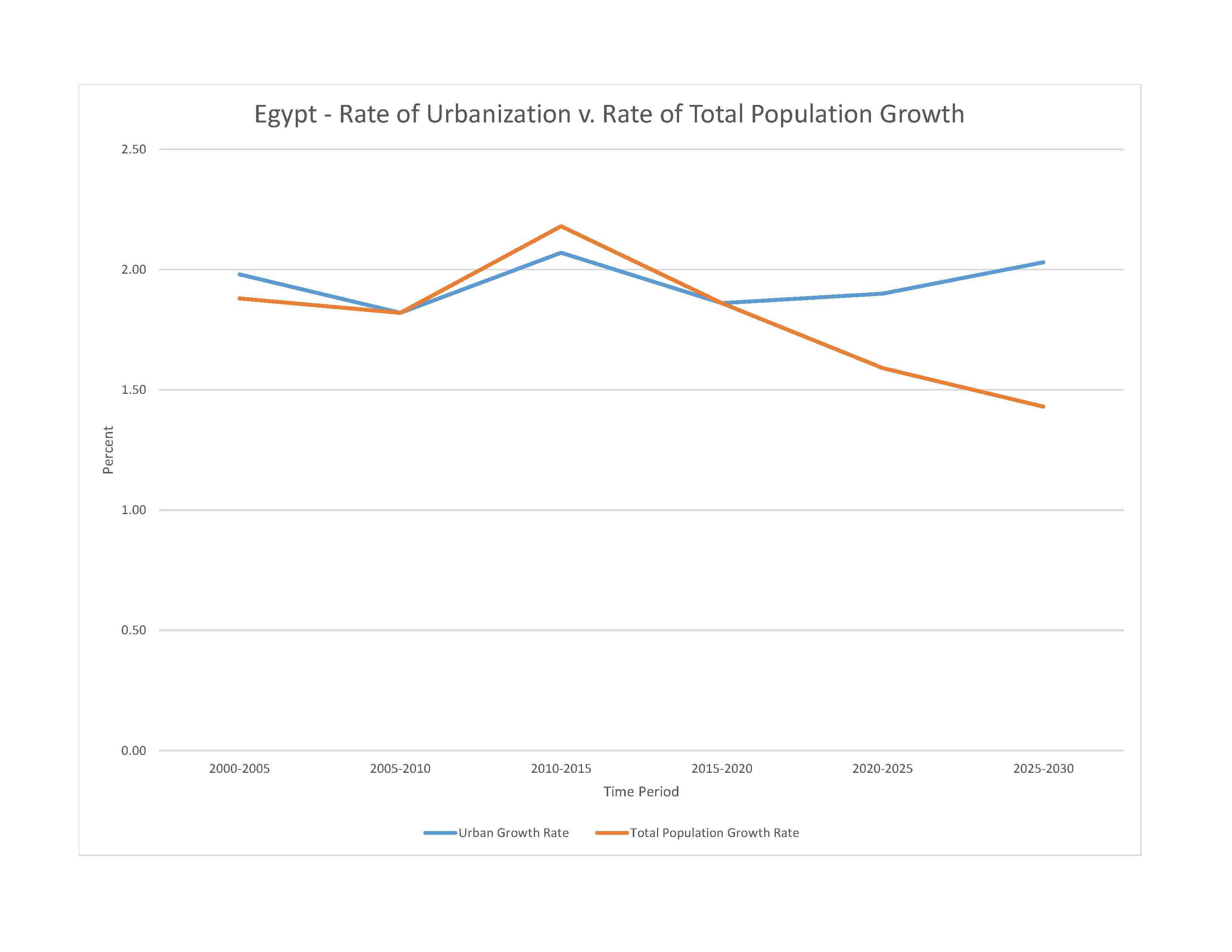
agricultural land being lost to urbanization and windblown sands; increasing soil salination below Aswan High Dam; desertification; oil pollution threatening coral reefs, beaches, and marine habitats; other water pollution from agricultural pesticides, raw sewage, and industrial effluents; limited natural freshwater resources away from the Nile, which is the only perennial water source; rapid growth in population overstraining the Nile and natural resources
party to: Biodiversity, Climate Change, Climate Change-Kyoto Protocol, Climate Change-Paris Agreement, Desertification, Endangered Species, Environmental Modification, Hazardous Wastes, Law of the Sea, Marine Dumping-London Convention, Marine Dumping-London Protocol, Nuclear Test Ban, Ozone Layer Protection, Ship Pollution, Wetlands
signed, but not ratified: Comprehensive Nuclear Test Ban
desert; hot, dry summers with moderate winters
agricultural land: 3.6% (2018 est.)
arable land: 2.8% (2018 est.)
permanent crops: 0.8% (2018 est.)
permanent pasture: 0% (2018 est.)
forest: 0.1% (2018 est.)
other: 96.3% (2018 est.)
urban population: 43.1% of total population (2023)
rate of urbanization: 1.9% annual rate of change (2020-25 est.)

0.15% of GDP (2018 est.)
particulate matter emissions: 63.16 micrograms per cubic meter (2019 est.)
carbon dioxide emissions: 238.56 megatons (2016 est.)
methane emissions: 59.68 megatons (2020 est.)
municipal solid waste generated annually: 21 million tons (2012 est.)
municipal solid waste recycled annually: 2.625 million tons (2013 est.)
percent of municipal solid waste recycled: 12.5% (2013 est.)
salt water lake(s): Lake Manzala - 1,360 sq km
note - largest of Nile Delta lakes
An Nīl (Nile) river mouth (shared with Rwanda [s], Tanzania, Uganda, South Sudan, and Sudan) - 6,650 km
note – [s] after country name indicates river source; [m] after country name indicates river mouth
Atlantic Ocean drainage: (Mediterranean Sea) Nile (3,254,853 sq km)
Nubian Aquifer System
municipal: 10.75 billion cubic meters (2020 est.)
industrial: 5.4 billion cubic meters (2020 est.)
agricultural: 61.35 billion cubic meters (2020 est.)
57.5 billion cubic meters (2020 est.)
NOTE: The information regarding Egypt on this page is re-published from the 2024 World Fact Book of the United States Central Intelligence Agency and other sources. No claims are made regarding the accuracy of Egypt 2024 information contained here. All suggestions for corrections of any errors about Egypt 2024 should be addressed to the CIA or the source cited on each page.
This page was last modified 04 May 24, Copyright © 2024 ITA all rights reserved.